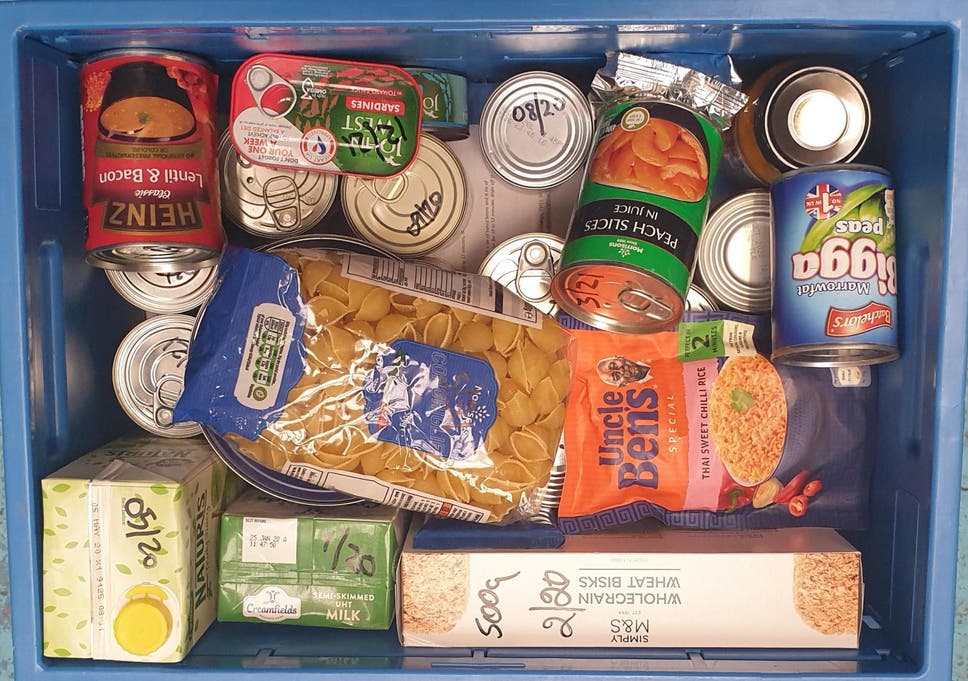Poverty and associated hunger are one of the most serious problems worldwide. According to the Food and Agriculture Organization’s (FAO) last report, an estimated 820 million people did not have enough to eat in 2018. From the total number, 256.1 million represents people from Africa, 42.5 million represents people from Latin America and the Caribbean, and 513.9 million people in Asia.
In this context, food banks (FB), have risen as a good alternative for governments to fight against hunger feeding millions of vulnerable people specially, in low-income and middle-income countries. Food Banks, as nonprofit organizations, have existed for more than fifty years, and they operate through a system that redistributes industries and grocery stores’ surplus and waste food, and then deliver it to people who need it the most. In most of the cases, Big Food or Big Soda companies are funding Food Banks.

Despite the fact that their goal is praiseworthy, special attention should be paid to the type of foods that Food Banks usually provide.
In 2019, in Colombia, the Banco de Alimentos de Bogotá (the major food bank in Bogota) launched the campaign “Únete a los Héroes“ (join the heroes) to fight hunger. The campaign, is being promoted by the Office of the Attorney General of Colombia, under the motto “Pacto contra el Hambre“ (Pact against hunger).Similar cases of governments interacting with or resorting to Food Banks as a policy aimed to alleviate hunger can be found in Mexico, South Africa, Argentina, Ecuador, Honduras, Panama and Peru. In these countries, Food Banks received funds from the Global Food Banking Network (GFN) to expand food bank operations and feed people. Governments in these countries are adhering to these practices and proclaiming that fighting hunger is a responsibility of the public and private sector, with total disregard to the health of their peoples.
Foods in these programs are usually high in fats, sugar, sodium and preservatives. They are usually ultraprocessed or processed energy dense foods with low nutritional value. As such, governments that partner with Big Food companies or with Food Banks directly, should bear in mind that these types of foods can increase the prevalence of non-communicable disease in their countries with devastating impact on people’s health and economic development.
In a world where malnutrition is the main cause of death and disease, States should be wary of these initiatives and establish appropriate mechanisms for accountability and monitoring. Malnutrition is a global public health issue that includes undernutrition and non-communicable diseases such as cancer, diabetes, and cardiovascular diseases. According to the World Health Organization (WHO), 1.9 billion adults are overweight or obese while 462 million are underweight. Among children, 52 million under-fives are suffering from wasting, where they have a low weight for height. Moreover, WHO estimates that non-communicable diseases cause the 70% of all deaths globally and that three quarters of global non-communicable disease’s deaths occur in low income and middle- income countries.
As these initiatives proliferate in a world that is increasingly suffering from poverty and hunger, there is also a strong need to find a way to alleviate hunger, while respecting the human right to health and the human right to adequate food.



